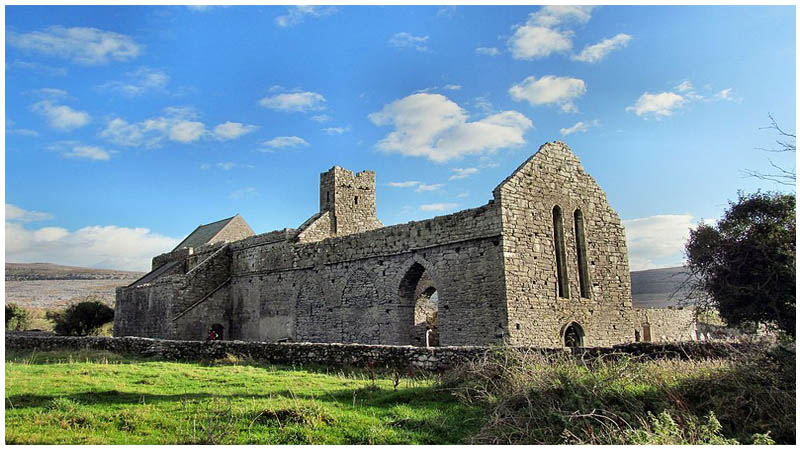The ruins of Corcomroe Abbey, otherwise known as St. Mary of the Fertile Rock, can be found a few miles from Ballyvaughan, a harbor village in County Clare, Ireland, in the picturesque Burren region.
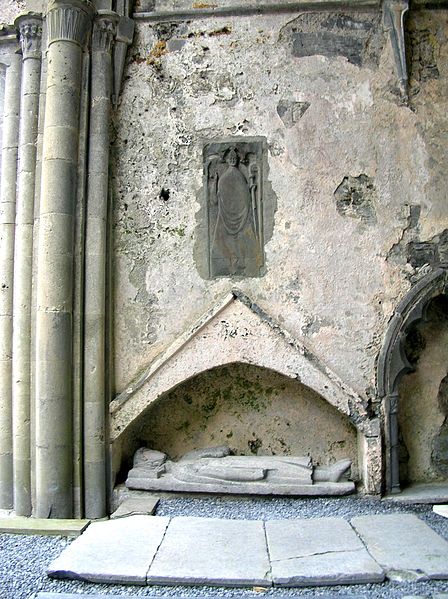
Towards the end of the 12th century, a group of monks – followers of the Cistercian Order – came to the area from another 12th-century monastic complex, Inislounaght Abbey, and formed Corcomroe Abbey. The true date of its founding is unknown, though it is thought to be somewhere between 1180 and 1200.
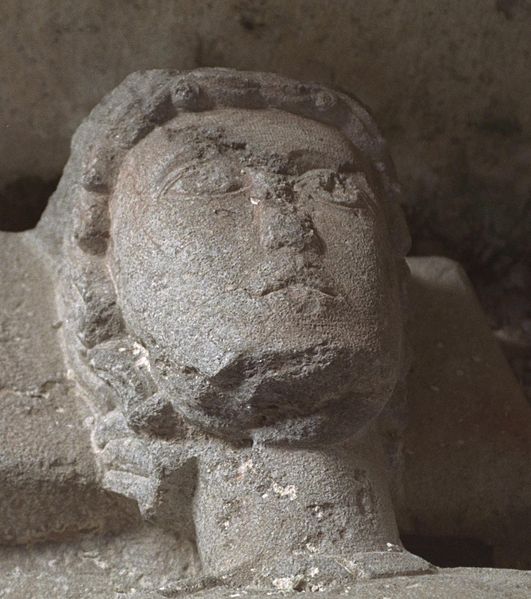
Domnall Mór Ua Briain, the King of Thomond, is one of the figures thought to have founded the abbey. “Donall the Great” was also the founder of a number of other religious structures throughout the ancient Gaelic kingdom of Thomond. His successor Donough Cairbreach is also attributed to the founding of the abbey.
According to one version of the story, Cairbreach and the monks first tried to establish a monastery at Kilshane but failed. It is thought that Corcomroe Abbey was their second, successful attempt.
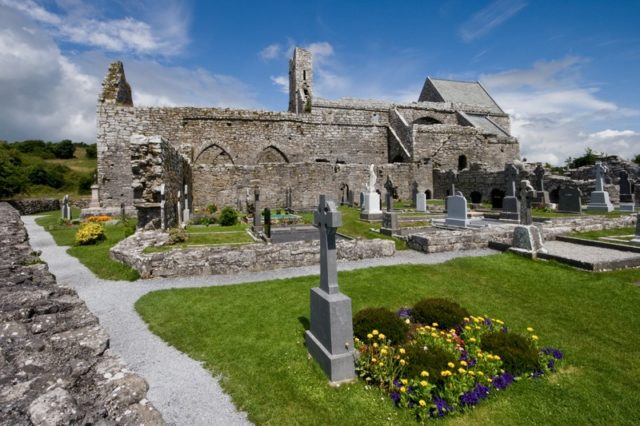
The abbey was constructed in locally-sourced limestone, and its construction is tied with more mystery and drama.
Local folklore tells us that the commissioner of the abbey, King Conor na Siudane Ua Briain, ordered the execution of five builders in an attempt to prevent them from ever erecting a competitive work of architecture.
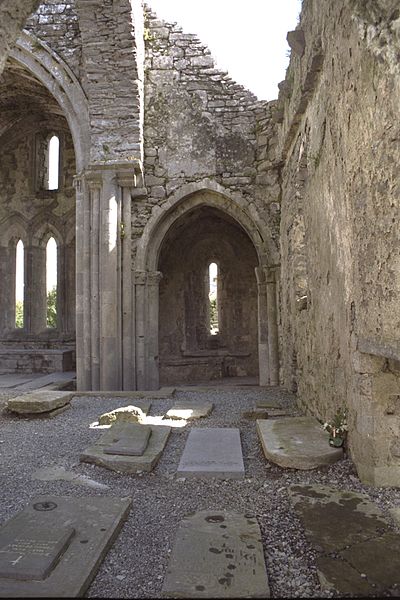
The reason the abbey is shrouded by so many legends is that written documents connected with its history are scarce. Furthermore, the Cistercians were recorded as being somewhat more reclusive than the rest of the Christian orders, and details about the abbey were not passed on by local oral history.
In 1228, the abbey’s association with its motherhouse in Inislounaght was brought to an end. As a result, control of Corcomroe Abbey was transferred to Furness Abbey.
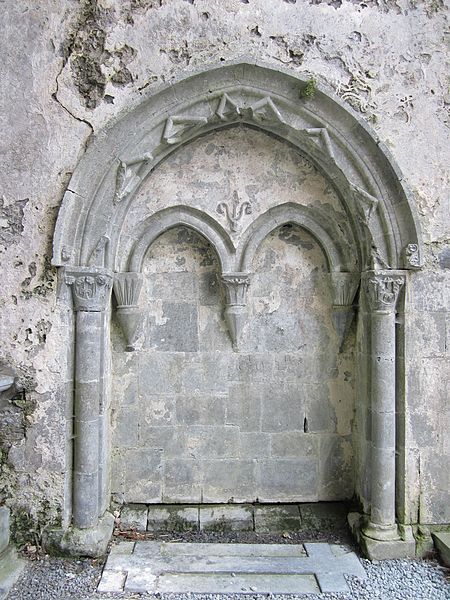
A document dated from the 15th century tells of a battle that took place in 1268 close to the abbey. During the clash, Conor Ua Briain was killed by the forces of Conor Carrach O’Loughlain.
The body of Ua Briain was taken to Corcomroe Abbey and buried there by the Cistercians. Another battle happened nearby in 1317, and the abbey was used as a barracks. As time progressed, church dynasties became common throughout Ireland; Corcomroe Abbey came under the control of the Tierney family in the 15th century.
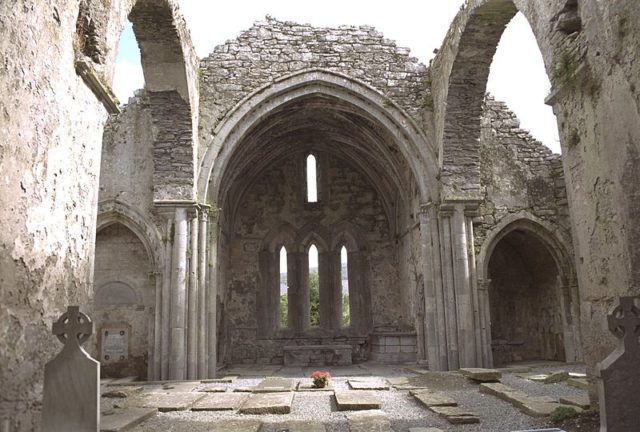
The practice of dynastic control led to a decline in the wealth of the abbeys, which subsequently led to a decline in the number of monks and, as a result, the abbeys themselves began to shrink in size.
Corcomroe Abbey lost 42 feet of its property during the 15th century. According to documents, the dormitory for the monks was out of order during this period.
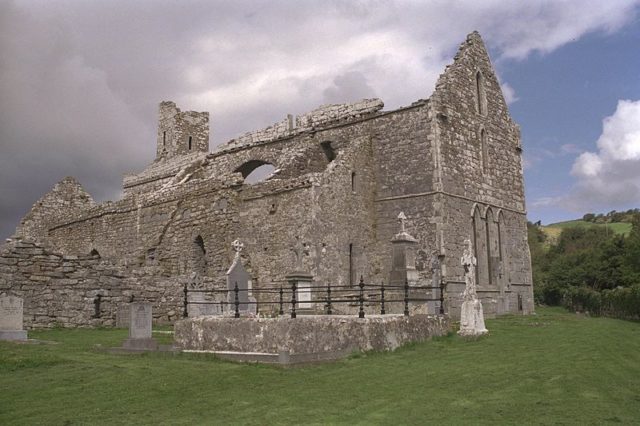
When the English Reformation began in the 16th century, so did the Dissolution of the Monasteries throughout England and Ireland.
Towards the middle of the 16th century, the abbey was gifted to Murrough O’Brien, 1st Earl of Thomond. The monks did everything they could to keep and save the abbey but it nonetheless remained in a state of steep decline.
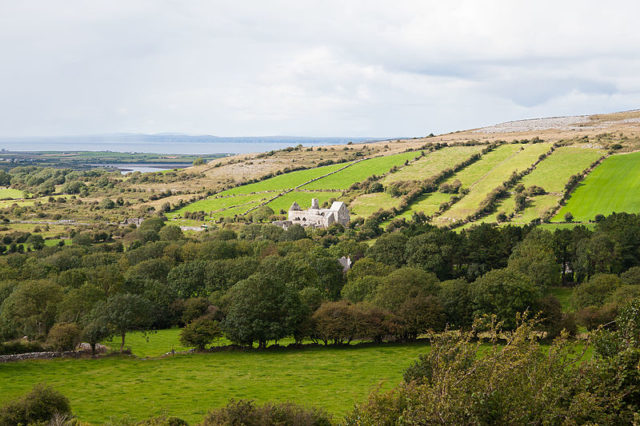
The last abbot of Corcomroe Abbey was Reverend John O’Dea, appointed to the position in 1628. Today, the abbey lies in complete ruins and is managed by the Office of Public Works, which acquired the site in 1879. It remains open to the general public and attracts many tourists, who come to enjoy a sense of Ireland’s days of old.
